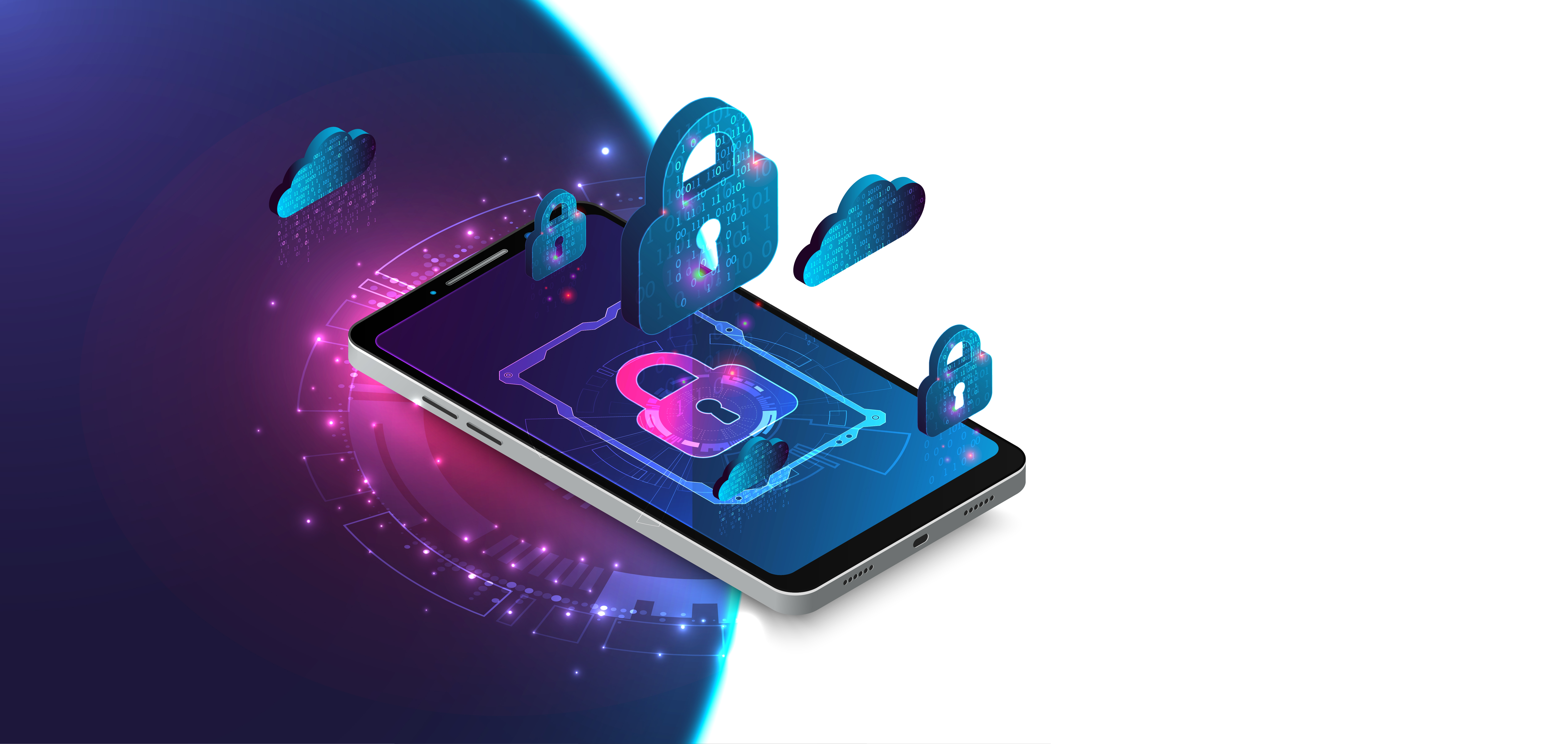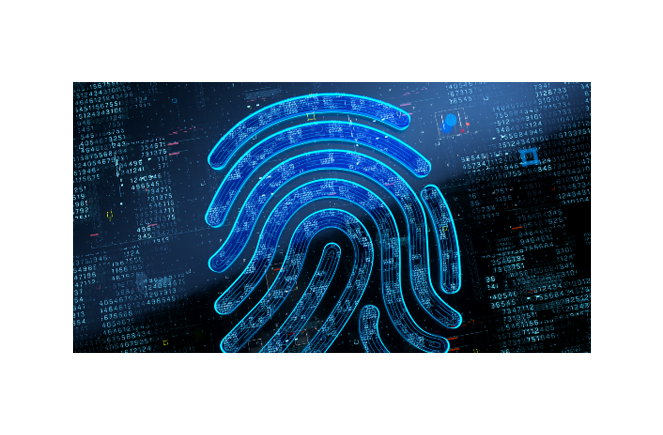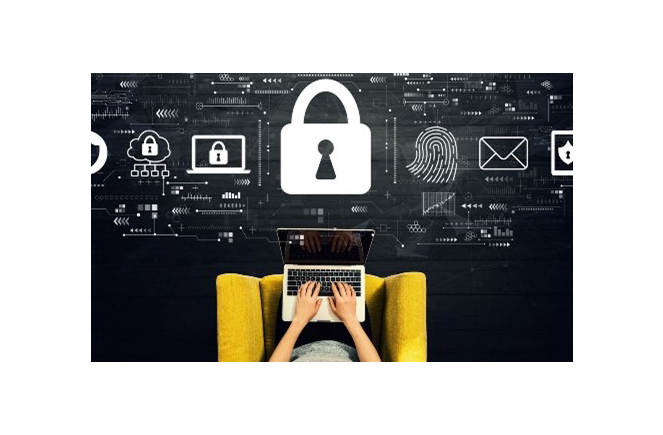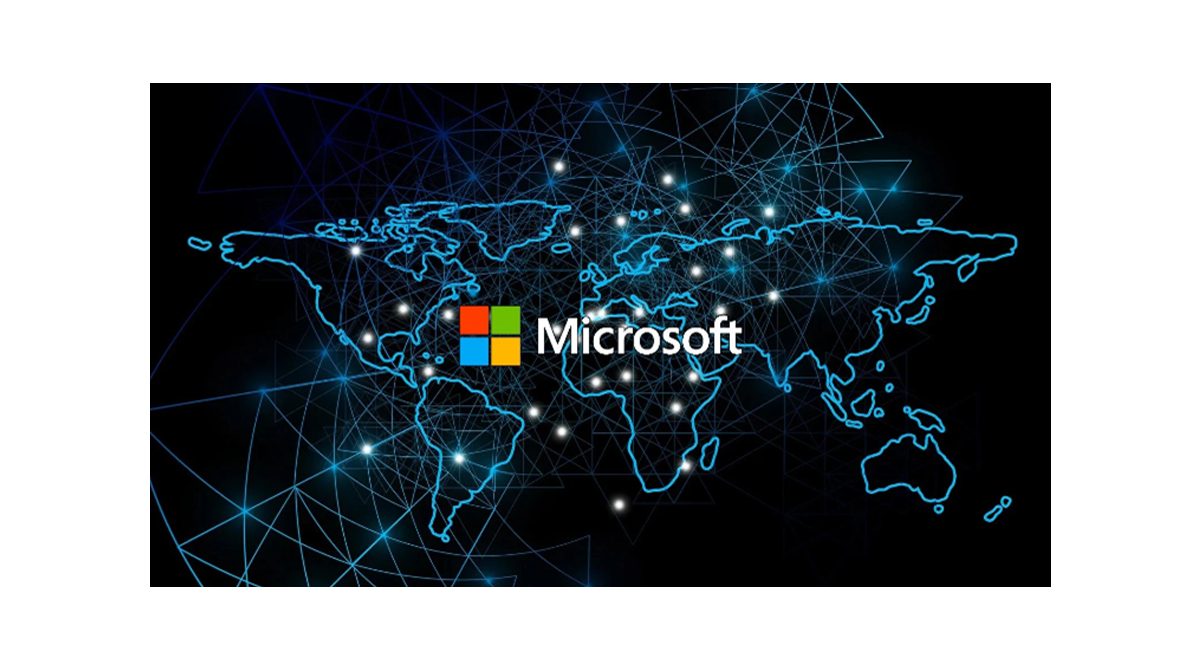ADOPTING A ZERO TRUST APPROACH
 | Zero trust is a security model where users and devices are authorised based on their identities. Strong authentication methods are used, such as MFA (Multi-Factor Authentication). Replacing other existing methods which authenticated based on networks or token-based devices. Hybrid and remote working mean an existing perimeter-based security approach is no longer effective. This is where zero trust can help by providing secure access to remote users, no matter where they connect from. The traditional VPN approach, in which users and devices are granted full network access following an initial authentication does not allow the flexibility and granular control required for today’s security. The zero-trust approach continuously checks and authorises users allowing access only to individual applications or assets and never to the entire network. This approach is the core of Zero Trust. Instead of thinking everything behind the corporate firewall is safe, the Zero Trust model assumes breach and verifies each request as if it were untrusted. This happens regardless of where the request originates from or what resource it is trying to access. |
SECURITY WORKPLACE CHALLENGES
 | USER SECURITY OVERLOADApplications, data, and identities are moving to the cloud shifting the traditional corporate perimeter. Organizations need to adapt to secure this new model, without compromising on user agility or usability. |
 | EXPLOSION OF THE HYBRID WORKFORCEBoundaryless working means that users could be unprotected by traditional security measures, with increased risks of phishing, malware, and other security threats. |
 | SHIFT TO CLOUDIT is now a mix of legacy on-premises services and multi-cloud infrastructure combined with software as a service applications. This makes it easy for attackers that make it past one verification point to further exploit and move laterally within a organisations network. Breaching more applications or gaining access to |
ZERO TRUST IS THE ANSWER
 | Ensure you have a balance between user experience and the security policies you need. Security should not add friction to a user's experience. Consider how you would implement security solutions that verify users and devices at the point of access with appropriate adaptive policies and device monitoring practices mitigating security risks before they become problematic. |
 | Create appropriate user, device and application policies that protect your organisations on-premise and cloud services. Ensure software is up to date and alert or block any behaviours that may be deemed risky to prevent security breaches. |
 | Ensuring your security experience is consistent and applied to every device or access point no matter what the location or what application they are accessing is key to enabling your hybrid workforce. |
LEVERAGING INVESTMENTS
To adopt these new Zero trust principles might sound like you need to replace all your existing security products, right?
Well not necessarily, in some cases you might already have all the tools you need. Large numbers of organisations adopted Microsoft collaboration tools during the pandemic and therefore are most likely licenced for the very security technologies that will help secure your business and move to a Zero Trust approach.
Microsoft's integrated set of solutions and capabilities offer built-in Zero Trust controls that make implementing a Zero Trust security model across your organisation achievable at scale.
 | Leveraging the power of Microsoft Security will help organisations, reduce their IT complexity and risk, improve their agility in responding to threats and lower their operational costs and burden. |
At Computacenter we are developing Microsoft Security solutions providing transformation outcome services to help our customers adopt a Zero Trust strategy with discreet modules of transformational change. Which helps our customers exploit existing Microsoft licence investments, reduce third party spend and realise the benefits of a platform security approach. Get in touch if you want help with your cyber security challenges.